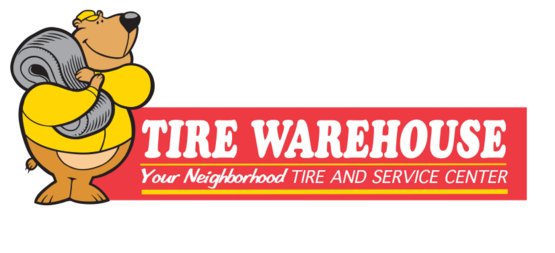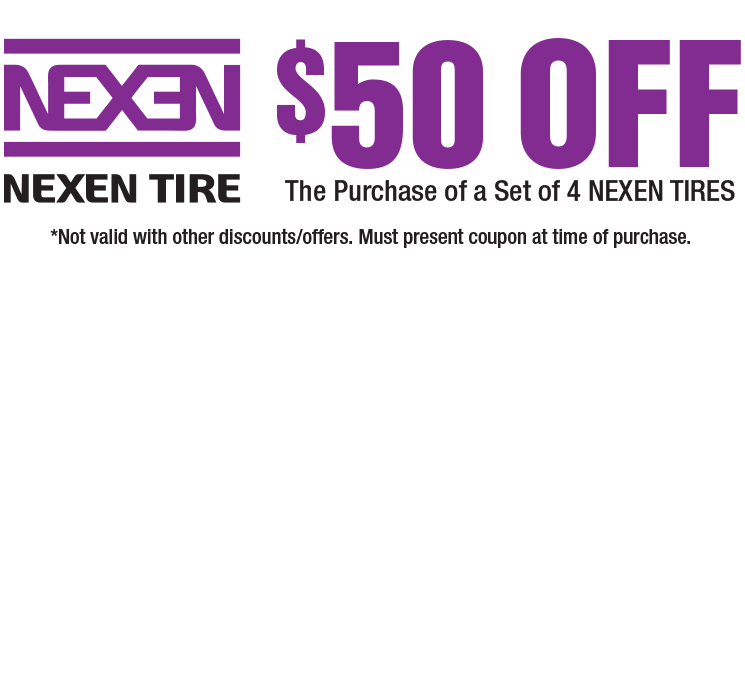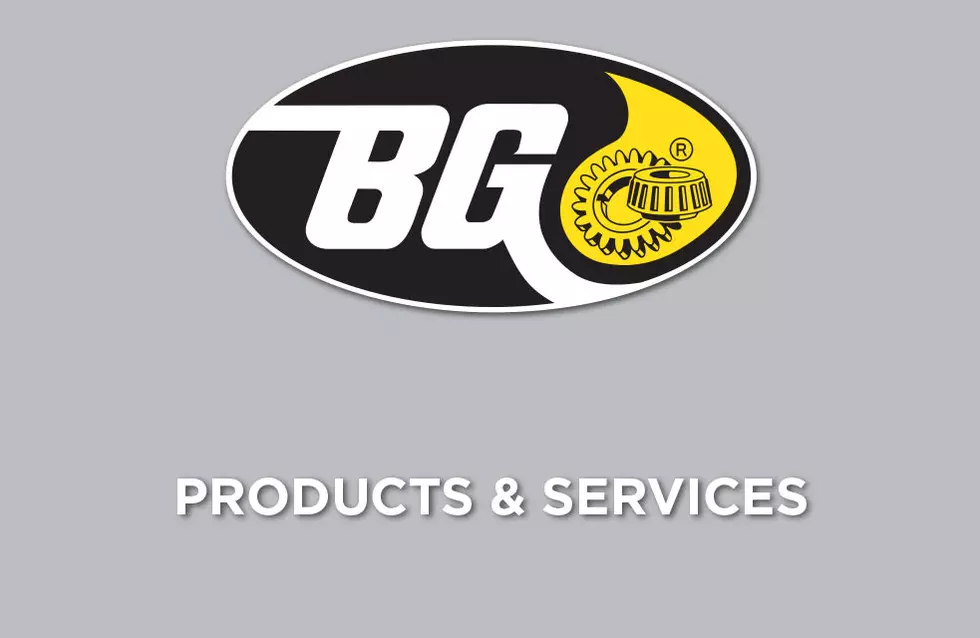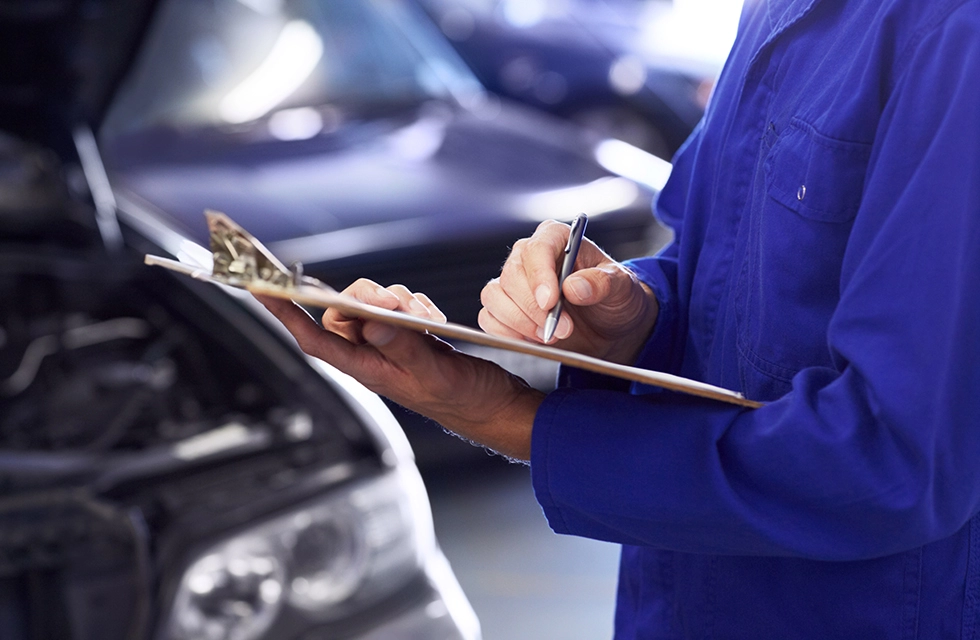Lake Orion Car Owners Ask: Why Do I Need to Change My Serpentine Belt?
March 31, 2019
Any Lake Orion driver who understands preventive maintenance knows that “if it ain't broke, don't fix it” is bad auto advice. Replacing a part before it breaks is much less costly for Lake Orion residents than repairing the engine damage that comes after a part breaks or fails. A good example of this is the serpentine belt.
The serpentine belt gets its name because of its circuitous path around the engine. The serpentine belt is driven by the engine and powers a number of systems, as follows:
1. The serpentine belt spins the compressor that generates the cool air for the air conditioning system.
2. The serpentine belt powers the alternator. The alternator generates electricity for use in the vehicle's electrical systems and to charge the battery. Without the alternator, the battery wouldn't last more than a few miles.
3. In many Lake Orion residents' vehicles, the serpentine belt runs the pumps for both the power steering and the power brakes. In other vehicles, the power steering pump may be electric and the power brakes may use a vacuum boost.
4. On many vehicles, the serpentine belt powers the water pump. The water pump keeps coolant circulating through to maintain appropriate operating temperatures. In some Michigan vehicles, a timing belt runs the water pump.
When a serpentine belt fails, all of these systems fail as well, which can lead to engine impact.
Replacing parts before they break saves money for Lake Orion residents by preventing more repairs and the frustration of having your vehicle in the shop for an extended period of time. If you're looking for an adage to apply to good car care, you might remember the old story of how “for want of a nail, the kingdom was lost.”
Tire Warehouse Depot
250 N. Lapeer Rd.
Lake Orion, Michigan 48362
248-929-0699
Need Service?
More articles from Tire Warehouse Depot

Tire or Re-Tire? (Getting Tires Ready for Hot Weather)
May 12, 2024
Heat isn't easy on vehicle tires, and as the seasons change, make sure yours are ready to take the heat. Let's talk first about inflation. Heat causes air to expand, so heat alone can raise the pressure in your tires. If you are driving on overinflated tires, they won't have as much contact wi... More

Slipping into Fall (Driving with ABS Brakes)
May 5, 2024
As the weather changes over from hot to colder, drivers will have to deal with more slippery streets. And it's important to know how to drive with the brakes you have on your vehicle. In the 1970s, anti-lock braking systems (ABS) started to be installed on vehicles and they've been a game chang... More

H20 No! (Driving Through Standing Water)
April 28, 2024
In a year marked by unusually heavy flooding in North America, drivers are very aware of the possibility they may find themselves driving where water has come over the road. It can be a daunting and frightening situation. Flooding waters can move quickly and unpredictably, so you have to keep y... More










